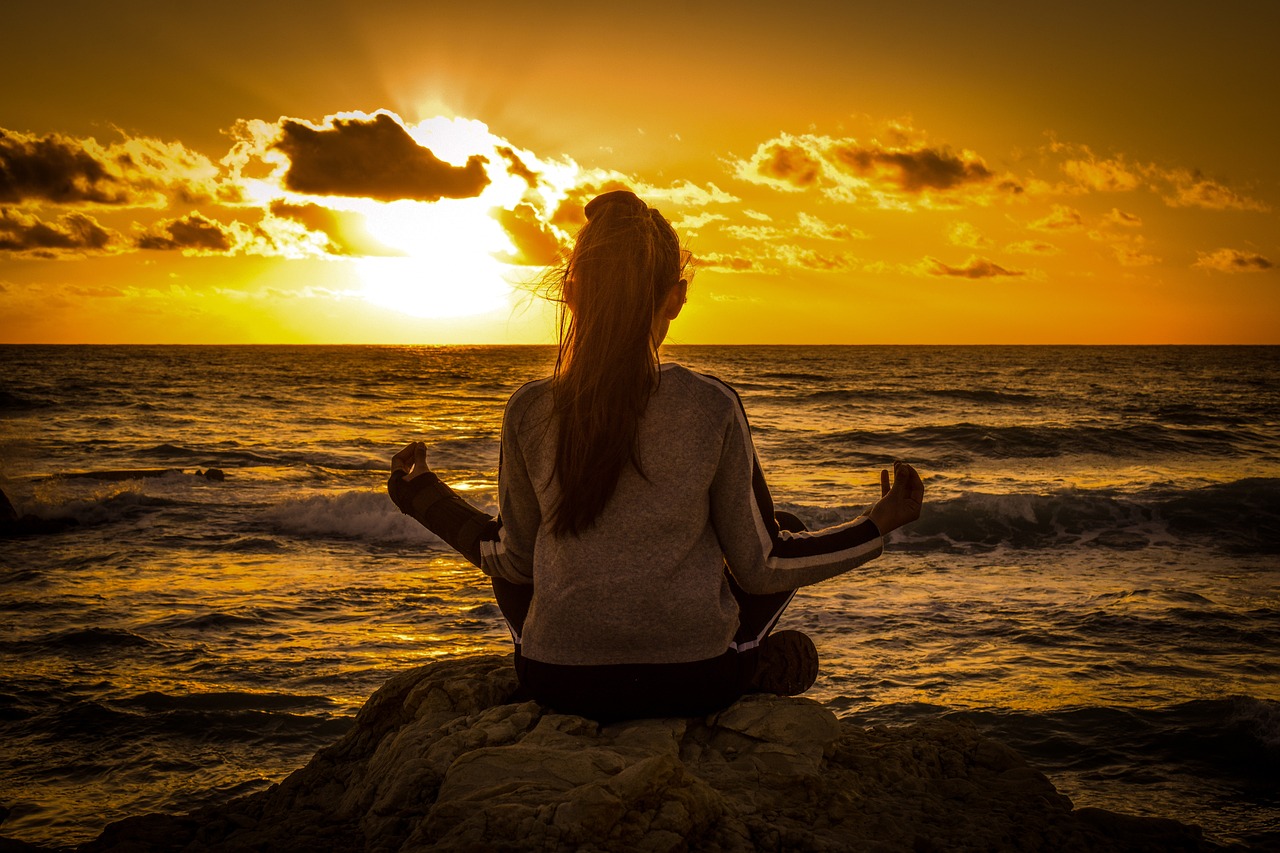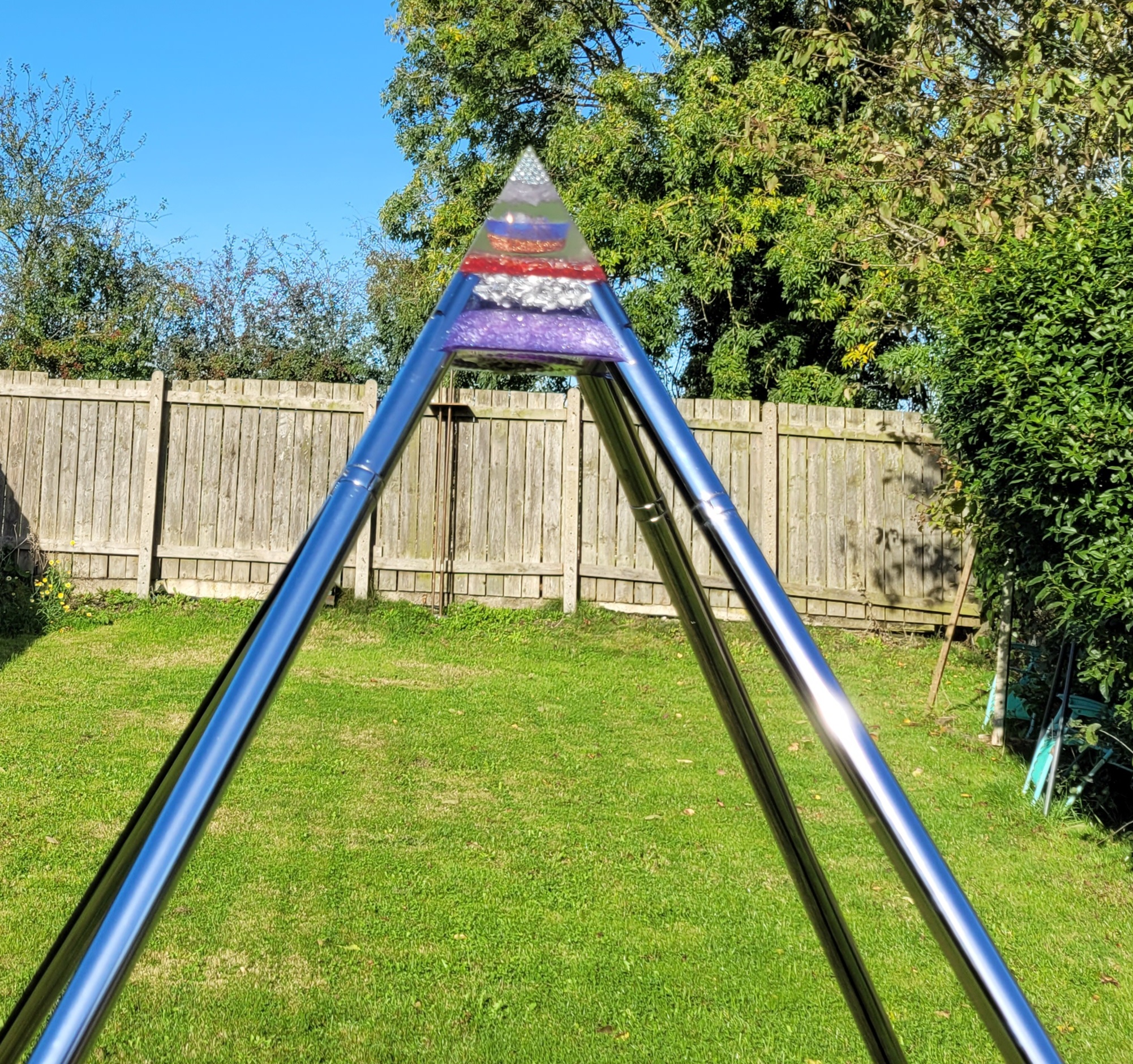Pyramid meditation isn’t just a new-age trend; it’s a practice deeply rooted in ancient wisdom. This form of meditation takes us back to the times when pyramids were not only breathtaking architectural marvels but also centers of powerful energy. The ancient Egyptians believed these structures could harness cosmic energy, enhancing spiritual growth and healing. Fast forward to today, this belief sets the foundation for pyramid meditation practices we see sprouting around the world.

The modern revival of pyramid meditation owes a lot to Dr. Patrick Flanagan. He is often credited with popularizing the meditation practice by emphasizing how pyramid structures can amplify energy fields and facilitate a serene meditative state. Dr. Flanagan’s unique take on incorporating pyramidal shapes in daily spirituality has drawn curiosity and followers who seek deeper, more focused meditation experiences.
Pyramid meditation has evolved significantly since its conceptualization. While it might’ve started with ancient techniques and philosophical underpinnings, today we find a variety of adaptations and methods tailored to suit contemporary needs and lifestyles. It’s fascinating to see how something rooted in ancient practices has been embraced and modified to cater to the modern seeker.
So why has pyramid meditation captured such a global audience? Beyond just a meditative practice, it caters to both skeptics and believers with reports of enhanced mental clarity, relaxation, and even physical healing. It’s this blend of history, science, and spirituality that keeps people coming back to explore this unique meditative style.
Practicing Pyramid Meditation: Techniques and Benefits
Mastering pyramid meditation starts with the basics. First, you need a pyramid structure—this could be as simple as a small model or a dedicated meditation space under a large pyramid frame. The essential idea is to sit inside or under the pyramid, aligning your focus towards its apex. This positioning is believed to amplify meditative energies, acting as a gateway to deeper consciousness.
Incorporating pyramid meditation into your routine offers myriad benefits. Through regular practice, many users experience heightened psychological well-being, reporting reductions in stress and anxiety levels. It’s not just the mind that benefits; practitioners often notice improved bodily sensations, such as increased vitality and a general sense of relaxation. The structure supposedly aids in aligning your energy centers, making it a holistic tool for body and mind harmony.
The scientific community is catching up with this ancient technique, too. Although studies are still underway, some researchers have suggested that the specific geometry of pyramids might influence electromagnetic fields, which could potentially affect cerebral activity. These burgeoning insights give modern practitioners food for thought and a reason to further their exploration of pyramid meditation.
Starting the practice doesn’t have to be overwhelming. Begin with short sessions, around 10-15 minutes, focusing on your breath. Gradually, as you get comfortable, extend your sessions longer to explore more profound meditative states. Remember, it’s not just about the time spent but the quality of focus you maintain during practice. Pyramid meditation is about finding that equilibrium in the chaos of daily life.
Evaluating the Effectiveness: Does Pyramid Meditation Really Work?

Opinions about pyramid meditation’s effectiveness can be quite varied, ranging from complete skepticism to enthusiastic endorsements. Many people who’ve tried it swear by the transformative experiences they’ve had, claiming more profound meditative states, heightened awareness, and even accelerated healing processes.
Personal testimonials paint a vivid picture of these experiences, making for compelling reading. Those who practice regularly often report not just improved relaxation, but also considerable enhancements in concentration and emotional stability. It’s these personal success stories that usually spark curiosity and inspire others to give pyramid meditation a shot.
Yet, what does science have to say about it? While scientific validation is still catching up with anecdotal evidence, some studies have begun exploring the pyramidal geometry’s influence on humans. Preliminary findings suggest possible impacts on natural energy fields and stress reduction, though more rigorous research is needed to confirm these theories.
When it comes to meditation practices, individual experiences can vary widely due to psychological, environmental, and even biological factors. It’s essential to remain open-minded but also discerning, recognizing that pyramid meditation might work differently for everyone. The key is to approach it as a personal journey, allowing space for your own experiences to unfold.
Understanding these variables is crucial if you’re considering pyramid meditation. It might open new avenues of self-discovery and relaxation or it might simply be an exploratory phase in your meditation journey. Whatever the case, stepping into it with an open heart and mind is what truly matters.
Bringing Pyramid Meditation to Your Home: Why and How
Setting up a meditation pyramid at home can be a game-changer for your daily routine. A dedicated space doesn’t just provide a spot to practice—it infuses your environment with a sense of purpose and tranquility. Having that physical structure reminds you about the importance of taking that personal time to focus inward and recharges both your mind and body.

Creating a pyramid meditation space at home doesn’t require extravagance. A simple pyramid frame or even a tabletop model can do the trick. The main goal is to ensure alignment with the pyramid’s apex and to have a quiet, serene setting that enhances your meditative practice.
With a home pyramid, you’re not confined to just meditative moments. This space can serve as a personal sanctuary for reflection, relaxation, or even creative pursuits. It might surprise you how this ambient enhancement can inspire a greater sense of well-being and creativity in your everyday life.
If you’re a beginner, start by meditating under your pyramid for short periods, taking notice of any shifts in how you feel. It’s important to recognize that benefits can be subtle and may require consistent practice over time. Many find that a dedicated pyramid space encourages regular practice simply because it makes the act of meditation feel deliberate and special.
Incorporating a pyramid into your home can yield unexpected gains, inviting peace and focus into even the most hectic of lifestyles. Whether you’re using a small model or a larger structure, the key is to integrate this unique tool seamlessly into your life, making it a part of your routine. You’ll be surprised at how quickly a little geometric inspiration can make a big difference.


Great article outlining pyramid meditation retreats, but I have a question, if you don’t mind. How can the unique design and geometry of the meditation pyramid positively impact my mental clarity and physical well-being? The article notes that the pyramid shape can intensify meditation effects—I’d love to know more about the science behind this. Do you know of any research?
Hi Catherine, This website has a lot of research and other evidence of the benefits of pyramids and geometry https://pyramidsciencefoundation
Thanks
Alan
This is a very fascinating article on pyramid meditationand how it actually goes back to the ancient Egyptians and the pyramids. You mention that meditating under a pyramid structure, can enhance mental clarity and focus. The pyramid structures all appear to be very big, so how can a dedicated area for pyramid meditation be created for those living in confined spaces?
My other question is, how can pyramid meditation be practised on the beach, without taking a large pyramid onto the beach? Is there a portal small alternative? Thank you.
Hi there,
Thank you for your insightful questions! I’m glad you found the article on pyramid meditation interesting.
You’re right that traditional pyramids are often large structures, but it’s definitely possible to create a dedicated meditation area in smaller spaces. For people living in confined areas, you can either use mini pyramid structures or build one out of lightweight materials like wood or bamboo. Even a small, portable pyramid can help create the focused energy associated with the larger ones. There are also pyramid-shaped meditation cushions or stands that people use, which can be placed in any room.
As for practicing pyramid meditation on the beach, I understand how taking a large pyramid there could be impractical. However, you can use smaller, portable pyramid structures made from materials like metal, wood, or even fabric. There are foldable or collapsible versions available that can easily be packed up for a day at the beach. Another option is using a pyramid-shaped energy tool or pendant, which can be worn around the neck or placed near you while meditating.
These smaller alternatives can still offer the grounding and mental clarity benefits associated with the larger pyramids, making them convenient for use anywhere.
I hope this helps! Let me know if you have any more questions.
Regards,
Alan
This is a well written article. Although it is not something I would personally be interested in, it is a great read. You have answered the questions and listed the benefits in a clear and concise manner. I’m not negative or pessimistic on the idea of meditation, I just don’t think I need a ‘pyramid’ to do it. Thank you for this well written article.
Thank you for your thoughtful and honest feedback! I completely understand that meditation practices and tools like pyramids aren’t for everyone—it’s all about finding what resonates with your personal journey. I appreciate that you still took the time to engage with the article and recognize its clarity and purpose.
Meditation is such a personal practice, and whether it’s done with a pyramid, a quiet corner, or simply through mindful breathing, the most important thing is finding what works best for you. If you ever feel curious about exploring different approaches, feel free to revisit—it’s always fascinating to see how various tools and techniques can complement one’s experience.
Do you have a specific meditation method or relaxation technique that you find most effective? I’d love to hear about it! Thank you again for your kind words and open perspective. 😊